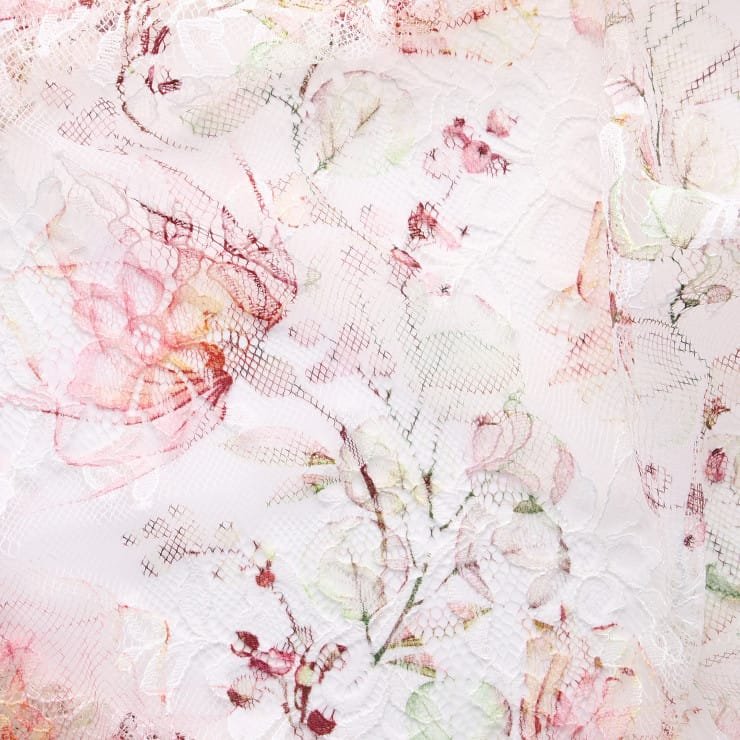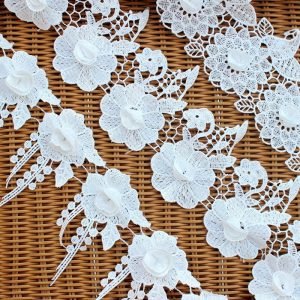Lace, long celebrated for its intricate, delicate patterns and timeless elegance, has evolved significantly over the centuries. From hand-stitched needle lace to machine-made varieties, lace remains a symbol of luxury and craftsmanship. One of the more recent innovations in this centuries-old art form is printed lace—a creative technique that merges traditional lace designs with modern printing technologies. This article explores the development, methods, and applications of printed lace, a striking fusion of heritage and innovation in the textile industry.
The Concept of Printed Lace
Printed lace refers to fabric or materials that mimic the intricate patterns of traditional lace through printing techniques. Instead of relying solely on thread-based weaving or knitting methods to create lace, printed lace uses digital or screen printing to produce lace-like designs directly onto fabrics. This approach allows for greater flexibility in design, faster production, and more cost-effective manufacturing while maintaining the visual beauty of lace.
Printed lace can be applied to a variety of materials, including cotton, polyester, and silk, enabling designers to experiment with textures, colors, and patterns. This innovation in textile design offers a wide range of possibilities, transforming the look and feel of garments and home decor items.
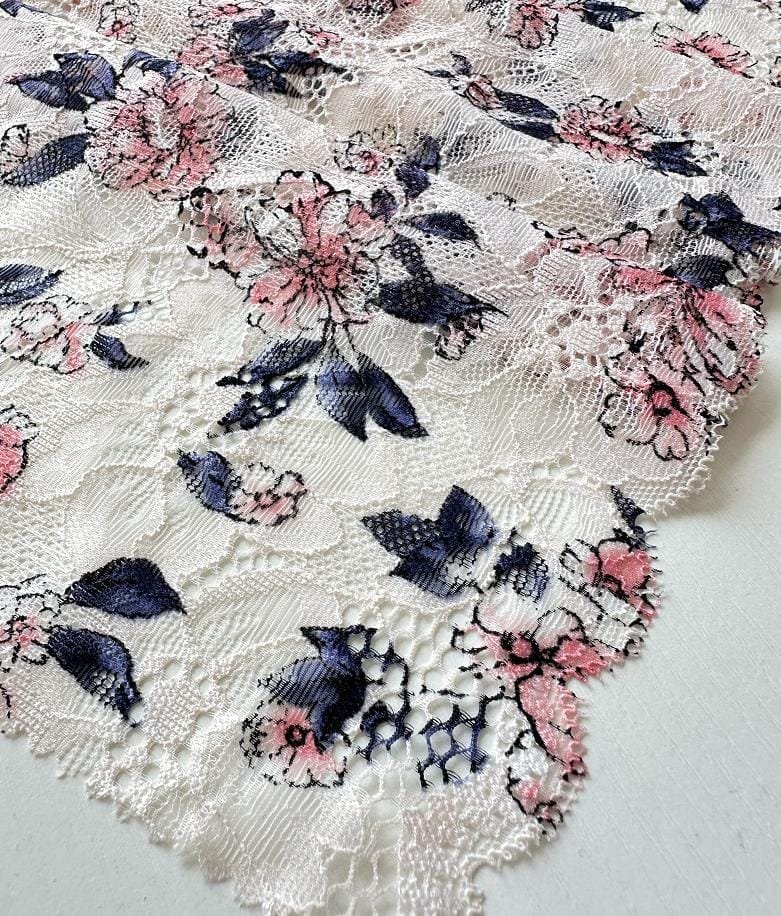
Evolution and Development of Printed Lace
The concept of printed lace emerged as a response to the growing demand for lace-like designs at more affordable prices. As lace production has historically been labor-intensive, traditional lace garments and decor items have often been associated with high cost and exclusivity. However, advances in digital and screen printing technologies have enabled the mass production of lace patterns on fabric, democratizing lace designs and making them more accessible to the average consumer.
Early printed lace designs were created through screen printing, where lace patterns were transferred onto fabric using stencils and ink. As digital technology advanced, so did the precision and complexity of lace prints, allowing for highly detailed, intricate designs that closely resemble the hand-crafted originals. These technologies also introduced the possibility of multi-colored and gradient effects, which would be difficult or impossible to achieve with traditional lace-making methods.
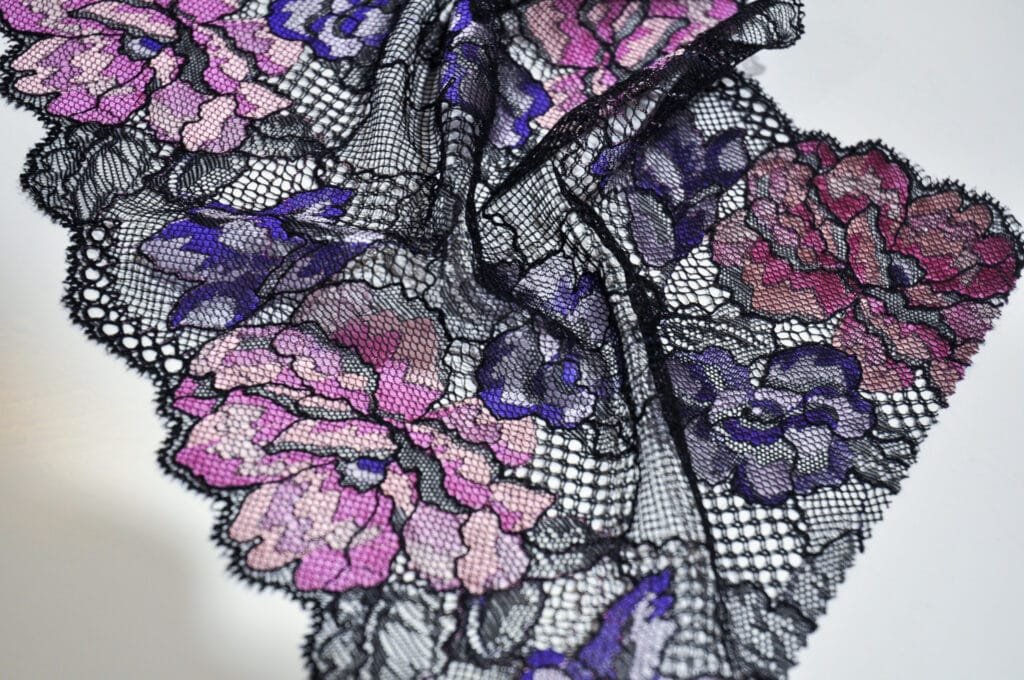
Techniques Used in Printed Lace
Several methods are used to create printed lace, each offering unique advantages and design possibilities:
Screen Printing: One of the most traditional methods of fabric printing, screen printing involves pushing ink through a mesh screen with a lace pattern onto the fabric. This technique allows for bold, clear designs and is often used for high-volume production. Screen-printed lace can be applied to both lightweight and heavyweight fabrics, making it versatile for fashion and home decor.
Digital Printing: Digital printing is a more modern technique that uses computer software to create highly detailed lace patterns, which are then printed directly onto fabric using large-scale printers. This method allows for greater customization, color variation, and pattern complexity. Digital printing can also reproduce the fine details and delicate patterns of traditional lace, making it an ideal option for designers seeking both precision and innovation.
Sublimation Printing: This method involves transferring a lace pattern onto fabric through heat. Sublimation printing produces long-lasting, vibrant designs by infusing the fabric with dye, creating a more permanent and fade-resistant lace effect. This is commonly used for polyester fabrics and is popular in fashion and sportswear for its durability.
Foil Printing: A glamorous alternative, foil printing involves applying metallic or glossy foil to a fabric to create a lace-like pattern with a shiny finish. This method is popular for eveningwear, lingerie, and festive garments where an extra layer of sophistication and glamour is desired.
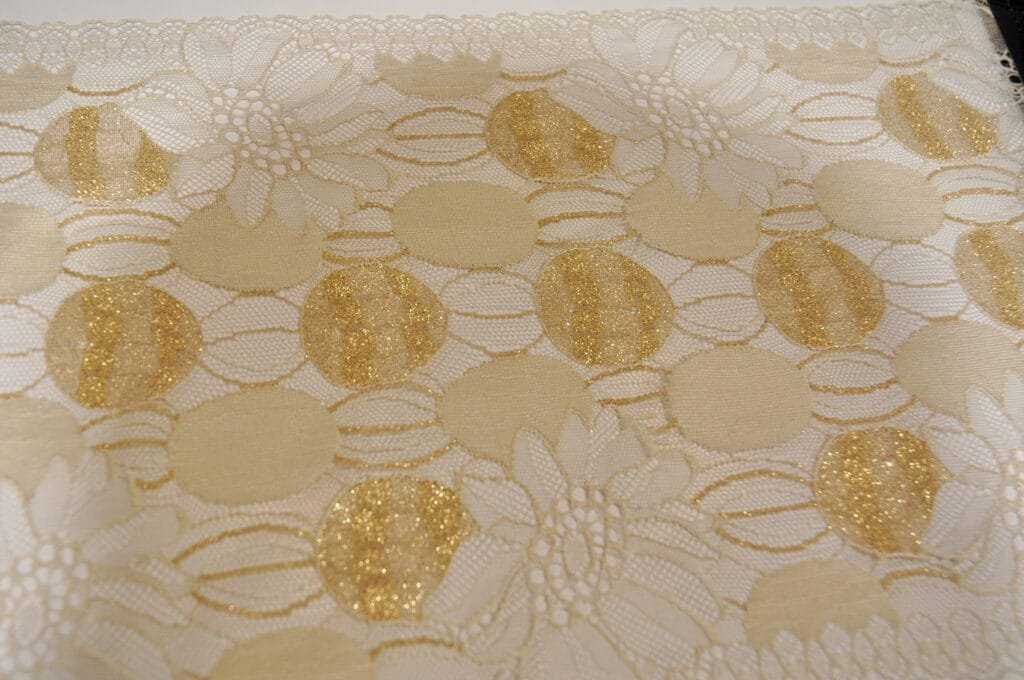
Applications of Printed Lace
Printed lace has found its place in numerous sectors of fashion and interior design, offering a modern alternative to traditional lace:
Fashion: Printed lace is often used in garments where designers want the look of lace without the complexity or cost of traditional lace-making. Printed lace can be found on dresses, skirts, blouses, and lingerie, often creating the illusion of texture while maintaining the lightweight and breathable qualities of the base fabric. The ability to use different colors and gradients has allowed for printed lace to appear in bold and creative designs not typically seen in traditional lacework.
Lingerie and Intimates: One of the most common uses of printed lace is in the lingerie industry. Printed lace allows designers to create intricate, sensual patterns at a lower cost, making it more accessible for everyday wear. Additionally, the flexibility of printed lace means it can be applied to stretchy fabrics like nylon or elastane, ideal for creating comfortable yet decorative lingerie.
Home Decor: Printed lace is also popular in home textiles, such as curtains, tablecloths, and bedding. It allows homeowners to incorporate the elegant look of lace into their decor without the fragility or upkeep that traditional lace requires. For instance, lace-printed pillows or throw blankets can provide a touch of vintage charm without the need for hand-washing or special care.
Accessories: Beyond clothing and home decor, printed lace has found its way into accessories like scarves, handbags, and shoes. It provides a lightweight and less expensive option for incorporating lace designs into everyday fashion items. Printed lace on leather or synthetic materials can create bold, artistic accessories that stand out.
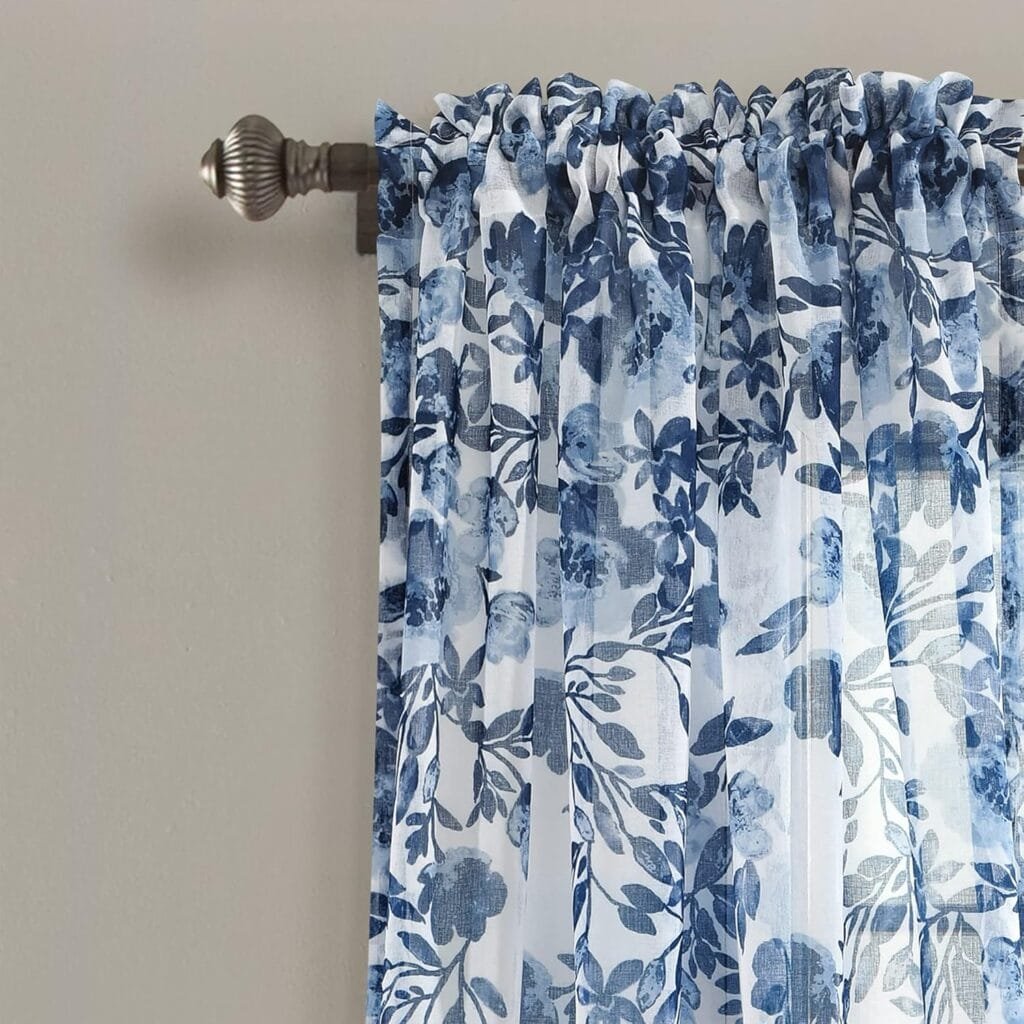
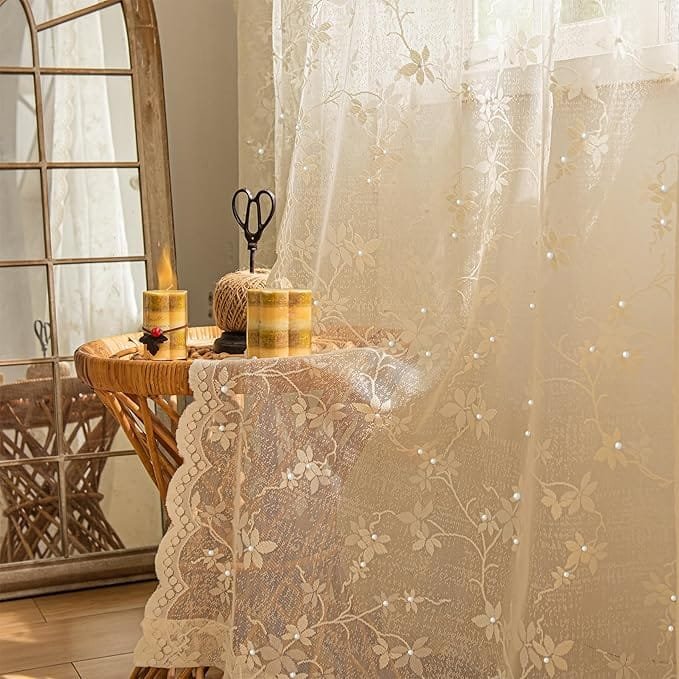
Advantages of Printed Lace
Affordability: One of the biggest advantages of printed lace is its affordability. Traditional lace, especially hand-crafted lace, can be expensive due to the labor-intensive production process. Printed lace allows for large-scale production at a fraction of the cost.
Customization: Digital printing offers endless possibilities for customization. Designers can experiment with color, pattern size, and placement, creating unique, one-of-a-kind garments or home textiles.
Durability: Printed lace on certain fabrics can be more durable than traditional lace, which is often delicate and prone to snagging or tearing. This makes it more practical for everyday use in fashion and home decor.
Versatility: Printed lace can be applied to a wide range of fabrics, from soft cotton to durable polyester, allowing it to be used in different contexts. It can be easily incorporated into modern and traditional designs alike.
Challenges and Criticisms
While printed lace offers many advantages, there are also challenges and criticisms associated with this method:
Loss of Texture: One of the most significant drawbacks is the lack of tactile texture that real lace provides. Printed lace mimics the appearance but cannot fully replicate the intricate feel of hand or machine-made lace.
Environmental Concerns: Like many other aspects of the fashion industry, printed lace—especially when produced through chemical printing processes—can raise concerns about environmental sustainability. However, many manufacturers are beginning to adopt more eco-friendly practices in printing.
Conclusion
Printed lace represents a remarkable blend of tradition and technology, offering designers new ways to incorporate lace-like patterns into garments, accessories, and home decor. While it may lack the texture and heritage of traditional lace, printed lace provides a versatile, cost-effective, and creative option for modern fashion and textile design. As printing technology continues to evolve, the possibilities for printed lace are endless, ensuring its place in the future of textile innovation.
